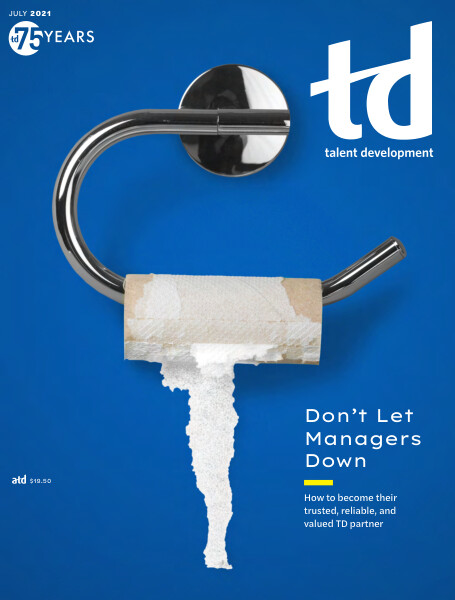TD Magazine Article
Member Benefit
The Three E’s of an Effective L&D Department Reorg
The UNOS professional education team’s strategy started with envisioning, moved to executing, and ended with evaluating results.
DT
EI
By and
Thu Jul 01 2021

Loading...
The UNOS professional education team's strategy started with envisioning, moved to executing, and ended with evaluating results.
You've Reached ATD Member-only Content
Become an ATD member to continue
Already a member?Sign In

